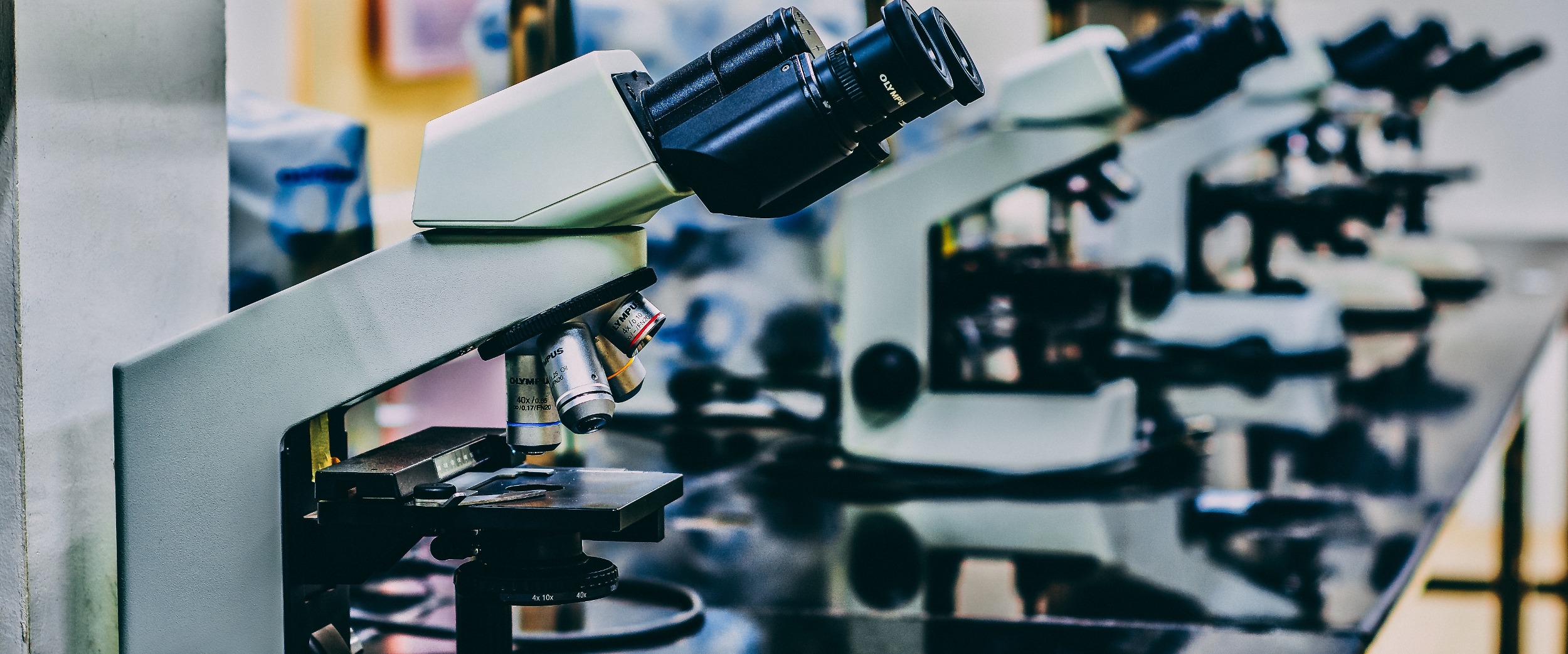Biosimilar drugs will soon be entering the breast cancer treatment landscape and are already available for support medications. With these emerging treatment options, it’s important to know more about them so you can make informed decisions about your treatment plan.
What is a biosimilar?
In short, a biosimilar is a drug manufactured to imitate a biologic drug. Biologics are very complex drugs that use living cells or tissues from humans, plants or microorganisms. They are one of the leading innovative medicines and have changed the landscape for cancer treatment today.
Typically, when a new drug is manufactured and approved for use, a patent is issued. This means that no other manufacturer can replicate the drug. When the patent expires, other manufacturers can reproduce the same drugs at a lesser cost. These are called generic drugs. Generic drugs use the exact same formula as the original product.
Biosimilars, like generic drugs, are also produced after a patent expires and they are also produced as a less costly alternative to a biologic drug. The difference is, biosimilars cannot be an exact replica of a biologic because the living cells used to create the drug cannot be exactly replicated. Instead, biosimilar manufacturers recreate a similar environment to produce the same results as the original biologic. Therefore, the makeup of each drug will be comparable but not identical.
Right now, biosimilars have not yet entered into the Canadian market for treating cancer and the United States FDA has only just recently approved two biosimilars for cancer treatment, including one for breast cancer. This will soon change, however, as biologic drug patents for cancer begin to expire. The breast cancer treatment landscape has advanced considerably over the past 20 years with the development of targeted therapies. Many of these new therapies are biologic drugs that will soon be coming off patent, opening the door for many new biosimilar alternatives.
Efficacy of a biosimilar
It’s imperative for a biosimilar to be as effective as its biologic counterpart. Health Canada has specific standards for biosimilar manufactures when proving the drug’s effectiveness. First, a biosimilar manufacturer must compare its drug to that of a reference biologic drug and prove that the active medical ingredients (the living cells or tissues used) are similar. Furthermore, the biosimilar must use the same dosage, format and strength as the reference biologic and demonstrate comparable safety, efficacy and effectiveness through testing and trials. Health Canada uses a rigorous approval process to ensure patient safety and drug efficacy.
After a biosimilar has been given a Notice of Compliance (NOC) by Health Canada the manufacturer can begin marketing the drug for use in Canada. Like all drugs on the market, biosimilars continue to be closely monitored for safety after its NOC. Manufacturers are required to monitor all side effects that are reported to them, and notify Health Canada about any serious side effects. Health Canada investigates all complaints and reports related to drug safety.
Being prescribed a biosimilar
Since the drug makeup is not exact, a pharmacist cannot automatically interchange a biosimilar for a biologic like they can for non-biologic drugs. Being prescribed a biosimilar is a decision between you and your oncologist. If you are already on a reference biologic, switching to a biosimilar is dependent on your unique preferences and situation. Considerations to change your treatment plan should always be discussed with you in advance.
Cost is a large contributing factor in prescribing biosimilars. Because they are less costly than brand name biologics, they provide less of a burden on the healthcare system. But cost can be a factor for individual patients as well. Ontario and several east coast provinces do not cover the cost of oral treatments so a more affordable option might be appealing to you.
Biosimilars may or may not be right for you. But you can benefit from knowing your treatment options and understanding what is available. For more information about biosimilar drugs, read Health Canada’s Factsheet on the subject here.







